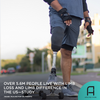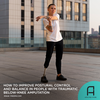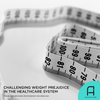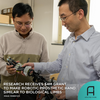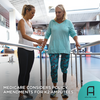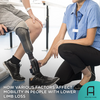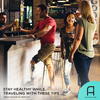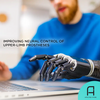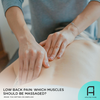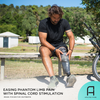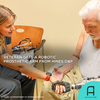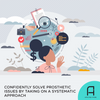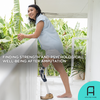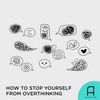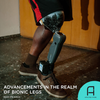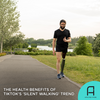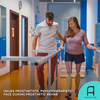"I'll Be Your Guinea Pig": An Unsung Hero in a Prosthetic Laboratory
In the past few years, we have enjoyed the release of one prosthetic development after another. While many have praised the creative and technical minds behind these breakthroughs, not much is said about the “human guinea pigs” who go through numerous tests so prosthetic researchers and manufacturers can release a viable product. We take a sneak peek into the research process.

John Roberts is a 70-year-old man from Gloucester, England, and a recent amputee. After years of suffering from pain brought on by living with one leg longer than the other, he is happy to be a human guinea pig if he can help others live a better quality of life, he said in an interview for BBC.
Although Roberts is facing a long recovery process—due to the ever-changing size and shape of his residual limb after the amputation—he presses on.
During the second half of 2019, Roberts worked with engineers and scientists at Bath University. The project was the development of made-to-measure synthetic prosthetic liners that can better protect an individual’s residual limb and, more importantly, help with the healing process.
Headed by Dr. Vimal Dhokia and Dr. Elena Seminati, the project entailed using a 3D scanner to get a detailed image of Roberts’ residual limb. This allowed the researchers to design a custom-fit draft of the prosthetic liner.
Next, the details from Roberts' scan were used to manufacture a prosthetic liner made from flexible neoprene-like material—similar to the material used in wet suits. The manufacturing process is cryogenically assisted, which means it is doesn’t have any adverse effects on the environment.
Then, researchers used sensors in the prosthetic socket to test for pressure points or areas where the prosthetic liner could cause skin damage.
For the last step, Roberts moved to another laboratory where sensors were placed on his limbs. This process allowed researchers to assess his gait and check if the prosthetic liner fit him perfectly without pressure points.
Roberts is optimistic that this project can help a lot of amputees who are having a hard time with the recovery process. More often than not, new amputees abandon their prostheses in favor of a wheelchair due to immense pain. But developments, like the personalized prosthetic liner, may help change that.
Prosthetic liners that fit like a glove and help amputees heal better are part of a growing line of personalized prosthetic products. Personalization allows researchers to bridge the gap between existing prosthetic technology and user need, which varies from one person to another. However, developments like these won’t be possible without willing human guinea pigs like Roberts.
Here’s to Roberts and other amputees who put themselves out there in the name of prosthetic development to help others.



























